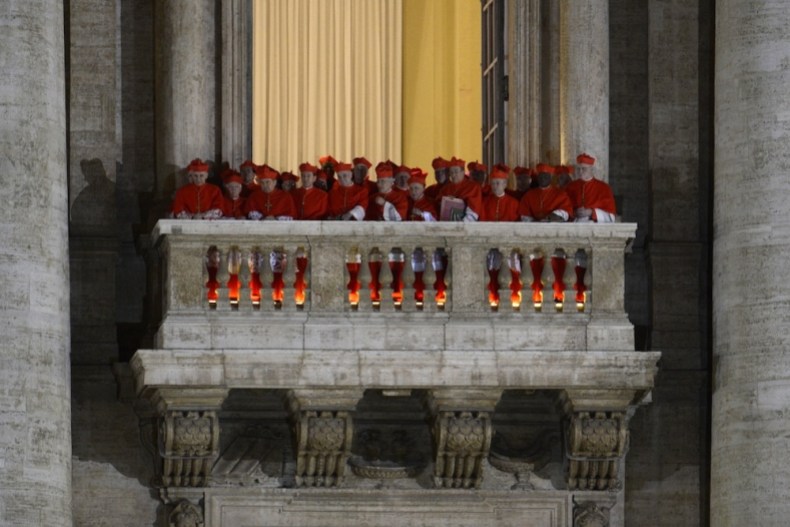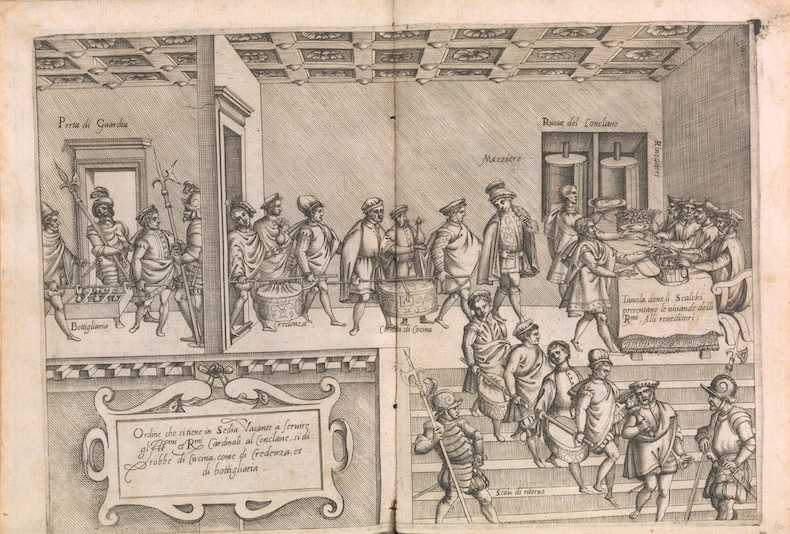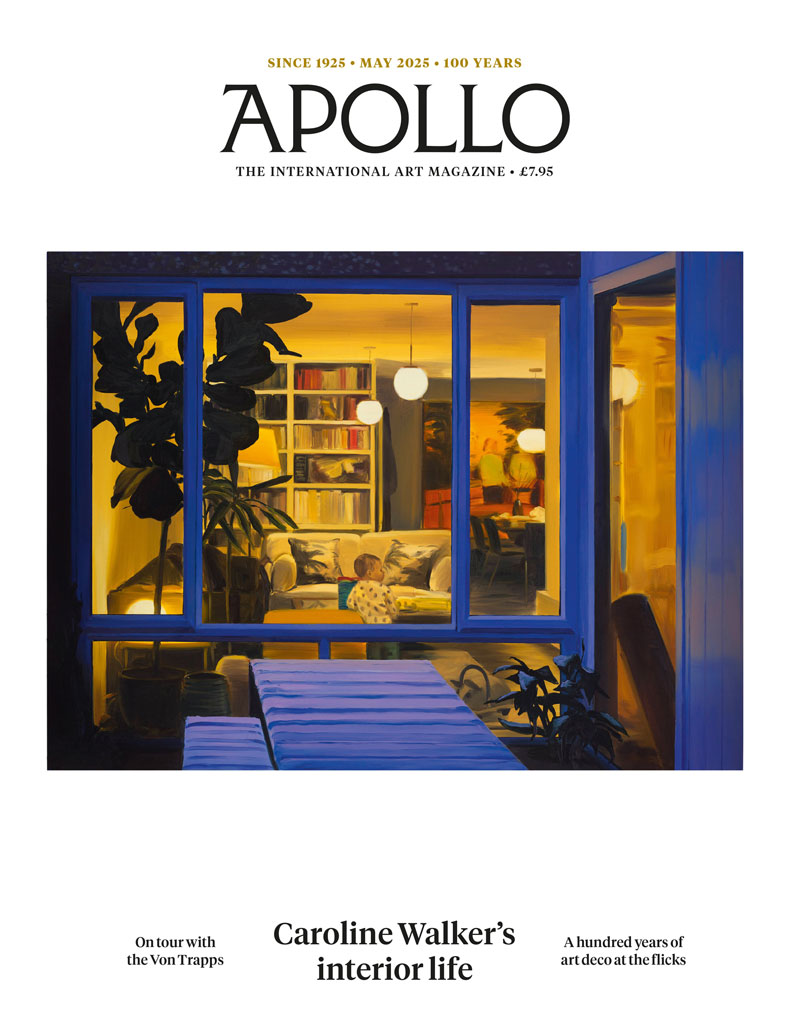The arcane rites of a papal conclave may have remained largely unchanged over the centuries but the living conditions of the cardinals soon to be locked inside the Vatican have altered beyond recognition. Those taking part in the 2025 conclave will sleep in comfortable, if spartan, bedrooms, eat in a communal refectory and vote in the solemn surroundings of the Sistine Chapel. Built by Sixtus IV (1471–84), the chapel was initially used to house cells for the cardinals during the conclave until the challenging events of 1559. The conclave that year opened in the sweltering heat of early September and it was not until 26 December that the outside world heard the news of the election that had finally occurred very late the previous evening to make Giovanni Medici Pope Pius IV. During those four months the living conditions in the Vatican had deteriorated dramatically: one cardinal died, many were ill (some of them dying subsequently), and the stench in the Sistine Chapel, where 21 of them had their cells, was so bad that the area had to be fumigated.
We know a lot about life inside the Vatican during the 1559 conclave thanks to the survival of more than 200 account books belonging to Cardinal Ippolito d’Este (1509–72). Second son of Alfonso d’Este, Duke of Ferrara, and Lucrezia Borgia, he began his career at the age of nine when he was appointed archbishop of Milan, but it was another two decades before he acquired the coveted red hat, thanks to the intervention of Francis I of France. Showered by the king with lucrative French benefices, Ippolito was one of the richest cardinals in Rome, dividing his time between his palace in the city centre, Palazzo Monte Giordano, the Palazzo Monte Cavallo, his villa high up on the Quirinal Hill, and his summer retreat, the Villa d’Este at Tivoli, where he despoiled the Roman emperor Hadrian’s villa to furnish his own spectacular gardens.

Cardinals gathered on a balcony of St Peter’s at the conclusion of the 2013 conclave, which elected Pope Francis I. Photo: Andreas SOLARO/AFP via Getty Images
Ippolito was fortunate that his cubicle, allocated by lottery, was not in the crowded Sistine Chapel but in one of the smaller halls off the Sala Regia, much closer to the fresh air that came in from the loggia where the cardinals were allowed to walk and to enjoy the panoramic view across the city to the Palatine hill before returning to their stuffy, cramped cubicles, a mere 13 by 11 feet. In front of each cell, as the regulations dictated, was a serge curtain – purple for those cardinals created by the recently deceased pope, green for the rest – hung with the occupant’s coat-of-arms. Inside it was the cardinal himself, who dictated the decor. Ippolito, an aristocrat with an inborn sense of his own importance, was accustomed to the highest levels of luxury and comfort, a taste that must have been offensive to the more austere cardinals in the conclave.
The bare interior of his cubicle had been transformed into a sumptuous tent in which you could see and smell Ippolito’s wealth and prestige. The walls were festooned with 200 yards of green silk; green, the colour identifying his status, was also evident on his commode and his footstools, which had been newly covered with velvet for the conclave. The room was lit by beeswax candles, their sweet aroma mingling with the scents diffusing on the perfume burners, making a welcome contrast to the rancid odour of the tallow candles that lit the corridors outside. At four times the price of tallow, beeswax was a very obvious statement of affluence.
Hidden out of sight in locked overhead cupboards were the more mundane items, such as wooden buckets for rubbish, a dustpan and brush, braziers to heat food, copper basins for washing, earthenware jars for water, a sewing kit to mend Ippolito’s robes and pens, ink, inkwell and paper for the voting sessions. Also stored in chests were his clothes: linen undergarments and handkerchiefs, and his red silk-velvet robes and vestments; as autumn turned to winter, and fires were lit in the hopes of warming the Vatican’s cold marble floors, Ippolito had to ask his wardrobe master to send his fur-lined robes into the conclave.
Despite the size of the cell Ippolito refused to relinquish the luxuries of home life, not least his own bed with its woollen mattresses, feather pillows, linen sheets and pillowcases. Moreover, even though conclave regulations forbade ‘banqueting in groups’, he insisted on bringing the whole paraphernalia of Renaissance dining into his cell and entertaining favoured cardinals on a splendid scale – though without the music and dancing or the female company he would have enjoyed at home. (Though undoubtedly one of the most extravagant, Ippolito would by no means have been the only cardinal feasting on such a scale: an engraving in the 1570 Opera of Bartolomeo Scappi, cook to Pope Pius V, shows the food baskets for one meal of one of the cardinals being delivered by a long procession of his staff to the conclave door – where it is inspected for secreted messages by a panel of bishops.)

Engraving from ‘Opera di M. Bartolomeo Scappi, cuoco secreto di Papa Pio V’, published 1570, illustrating one cardinal’s staff delivering food to the conclave. Metropolitan Museum of Art, New York
Not only were the meals themselves elaborate and lengthy, but Ippolito’s dining table, although constructed from trestles and planks, was laid with expensive linen tablecloths and napkins, and shone with crystal and silver. Among the gilded silver items returned to his wardrobe stores after the conclave were 11 large platters, 10 plates, two sweetmeat dishes, four salts, eight cups and two jugs engraved with his coat-of- arms, as well as six silver candlesticks and two silver carafes. Wine was consumed in substantial quantities in Ippolito’s cubicle, an average of 45 jugs a day: as Sixtus IV’s librarian Bartolomeo Platina had commented the previous century, ‘dinner or lunch without a glass of wine is considered not only to be unenjoyable but also unhealthy’.
Mary Hollingsworth is the author of Conclave 1559 (Head of Zeus).





 The rise of performance art in Renaissance Italy
The rise of performance art in Renaissance Italy







![Masterpiece [Re]discovery 2022. Photo: Ben Fisher Photography, courtesy of Masterpiece London](http://zephr.apollo-magazine.com/wp-content/uploads/2022/07/MPL2022_4263.jpg)
Suzanne Valadon’s shifting gaze